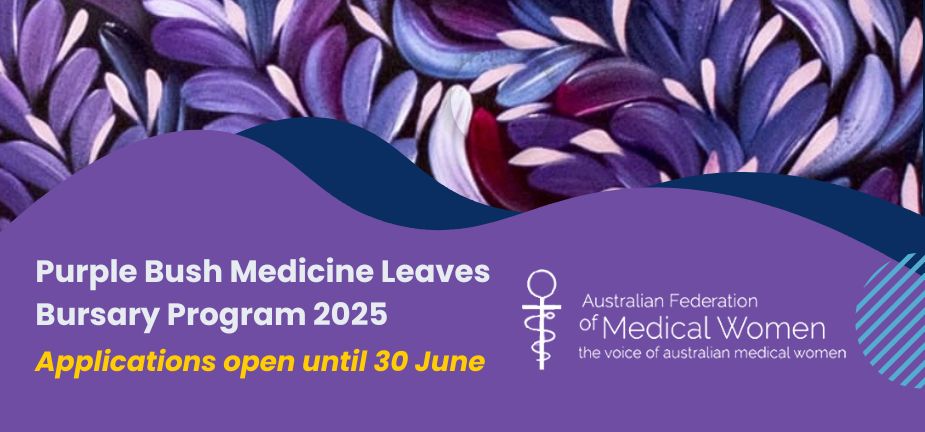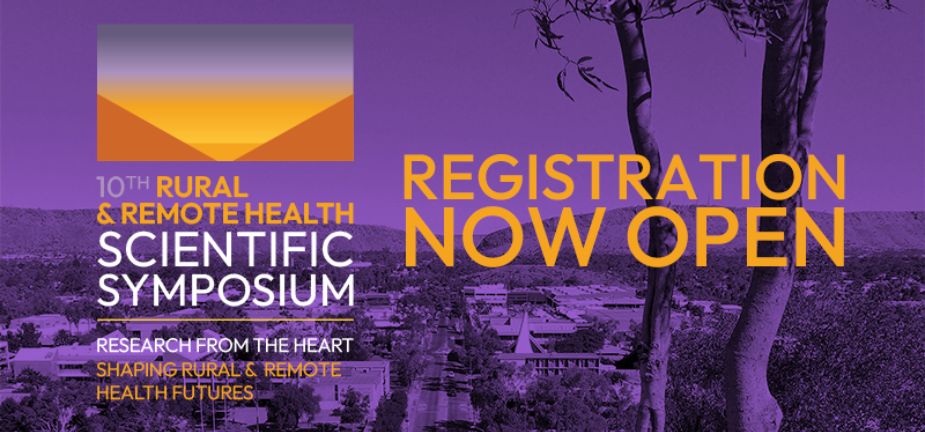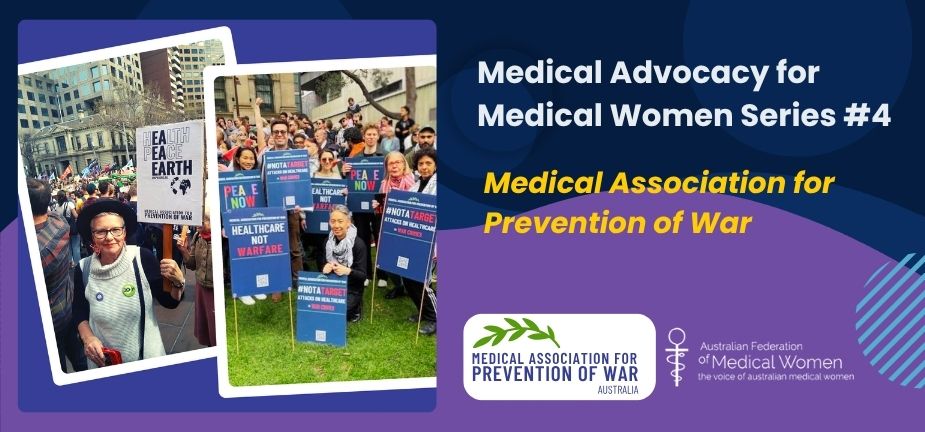In this article, originally published in the RACGP’s newsGP, the RACGP announces an update to its White Book in response to new requirements regarding the way information is shared across services and organisations.
As RACGP White Book reviewer, member of Safer Families GP facilitator and family violence expert, I was invited to outline how Victorian GPs can access information around the information sharing schemes that were introduced April 19, 2021.
RACGP – Important changes to family violence information sharing
The RACGP has updated its White Book in response to new requirements regarding the way information is shared across services and organisations.
‘I came in thinking family violence was uncommon and now I have learned that it is common.’
‘I feel more like it is my duty of care to ask and integrate family violence issues into my consultation.’
‘I feel more confident to assess and support a patient who is being abused.’
These are testimonials from some of the GPs participating in the Safer Families Centre Readiness Program, a training program which helps primary care providers to better recognise and respond to family and domestic abuse and violence.
Already an RACGP CPD-accredited activity, the program is now complemented by a new supplementary chapter of the college’s White Book.
The new chapter provides an overview of recent Victorian family violence policy reforms, which aim to increase the safety of victim-survivors of family violence, hold perpetrators of violence to account, and promote the wellbeing and safety of children.
Last year, the Victorian Government’s Family Violence Information Sharing Scheme (FVISS) and Child Information Sharing Scheme (CISS) expanded to include primary care services as Information Sharing Entities (ISEs). Only services who are prescribed as an ISE are able to share information under FVISS and CISS.
The new chapter of the White book outlines the responsibilities of GPs and primary care nurses under these information sharing schemes, underpinned by the Multi-Agency Risk Assessment and Management (MARAM) Framework.
Together, these three reforms enable primary care workers to collaborate with other service providers to form a shared understanding of family violence risk and implement changes into practice.
Professor Kelsey Hegarty, White Book clinical editor and Safer Families Centre Director, told newsGP the chapter is an important update to support Victorian GPs.
‘The chapter outlines how to undertake a risk assessment, how to respond to requests for information sharing, and how to share information in a way that ensures safety for survivors and their children,’ she said.
‘It was developed by the Safer Familes Centre to provide practical advice to GPs and primary care nurses about when, how, and why they need to use the new legislation.
‘Further, the Pathways to Safety program – which is where a GP facilitator and a family violence worker engages with a practice to enhance the skills of all staff to identify and respond to family violence – is also available for clinics.’
Complementing the seven online learning modules in the Readiness Program, the new chapter, written by Dr Jenny Neil, was developed from one of those modules – ‘Supporting primary care to implement family violence information sharing’.
Together with Professor Hegarty, Dr Magdalena Simonis is co-author of that module, which helped to develop the supplementary White Book chapter, which she said is a ‘quick-access’ version of the Victorian information sharing schemes.
‘It gives a snapshot, uses the same figures and guides, and is an excellent, user-friendly summary,’ Dr Simonis told newsGP.
‘Taking into account the fact that GPs are often time poor, it provides the key points in a clear manner.’
According to Dr Simonis, the supplementary chapter aims to support Victorian GPs to comply with the 10 recommendations included in the four pillars of the MARAM Framework:
- Shared understanding of family violence
- Participation in consistent and collaborative practice – including risk assessments and information sharing
- Understanding level of responsibilities for risk assessment and management
- Undertake systems, outcomes and continuous improvements at an organisational level
‘The chapter will help GPs by simplifying the MARAM, which at first glance looks quite complicated,’ Dr Simonis said.
‘It also acknowledges that GPs play an important role in supporting women and families who experience family violence.’
A key barrier reported by GPs when attempting to address family violence is a lack of access to existing training resources, resulting in a lack of knowledge around how to respond to, manage and refer these patients.
In addition to the updated Victorian schemes, the new chapter provides risk-assessment summaries, safety planning, management and referral pathways, which are then described in further detail in the online module.
‘It explains the process of consent, how this differs with respect to the perpetrator, how to respond to requests for information from other ISEs or RAEs [risk-assessment entities], and offers practical tips,’ Dr Simonis said.
Under the FVISS, some ISEs are also prescribed as risk-assessment entities (RAEs) – a special type of ISE – that can request information for undertaking comprehensive risk assessments, including establishing risk where the presence of violence or the identity of the perpetrator is unknown.
Updating the White Book in response to the new requirements also helps to support a multi-agency approach, which is ‘vital’ for enhancing safety of victim-survivors and children, and holding the user of violence to account – according to the Readiness Program.
Dr Simonis said this aligns clearly with GPs’ important and ongoing role.
‘We are now required to identify, respond to and provide a safety, risk and management plan for family violence survivors, as well as to collaborate with other service providers over time,’ she said.
The supplementary chapter for primary care providers in Victoria is available on the White Book web page.
Source article and photo credit: www1.racgp.org.au/newsgp/clinical/important-changes-to-family-violence-information-s
Associate Professor Magdalena Simonis AM is a Past President of the AFMW (2020-2023), former President of VMWS (2013 & 2017-2020) and current AFMW National Coordinator (2024-2026). She is a full time clinician who also holds positions on several not for profit organisations, driven by her passion for bridging gaps across the health sector. She is a leading women’s health expert, keynote speaker, climate change and gender equity advocate and government advisor. Magda is member of The Australian Health Team contributing monthly articles.
Magdalena was awarded a lifetime membership of the RACGP for her contributions which include past chair of Women in General Practice, longstanding contribution to the RACGP Expert Committee Quality Care, the RACGP eHealth Expert Committee. She is regularly invited to comment on primary care research though mainstream and medical media and contributes articles on various health issues through newsGP and other publications.
Magdalena has represented the RACGP at senate enquiries and has worked on several National Health Framework reviews. She is author of the RACGP Guide on Female Genital Cosmetic Surgery and co-reviewer of the RACGP Red Book Women’s Health Chapter, and reviewer of the RACGP White book
Both an RACGP examiner and University examiner, she undertakes general practice research and is a GP Educator with the Safer Families Centre of Research Excellence, which develops education tools to assist the primary care sector identify, respond to and manage family violence . Roles outside of RACGP include the Strategy and Policy Committee for Breast Cancer Network Australia, Board Director of the Melbourne University Teaching Health Clinics and the elected GP representative to the AMA Federal Council. In 2022. she was award the AMA (Vic) Patrick Pritzwald-Steggman Award 2022, which celebrates a doctor who has made an exceptional contribution to the wellbeing of their colleagues and the community and was listed as Women’s Agenda 2022 finalist for Emerging Leader in Health.
Magdalena has presented at the United Nations as part of the Australian Assembly and was appointed the Australian representative to the World Health Organisation, World Assembly on COVID 19, by the Medical Women’s International Association (MWIA) in 2021. In 2023, A/Professor Simonis was included on the King’s COVID-19 Champion’s list and was also awarded a Member (AM) in the General Division for significant service to medicine through a range of roles and to women’s health.










